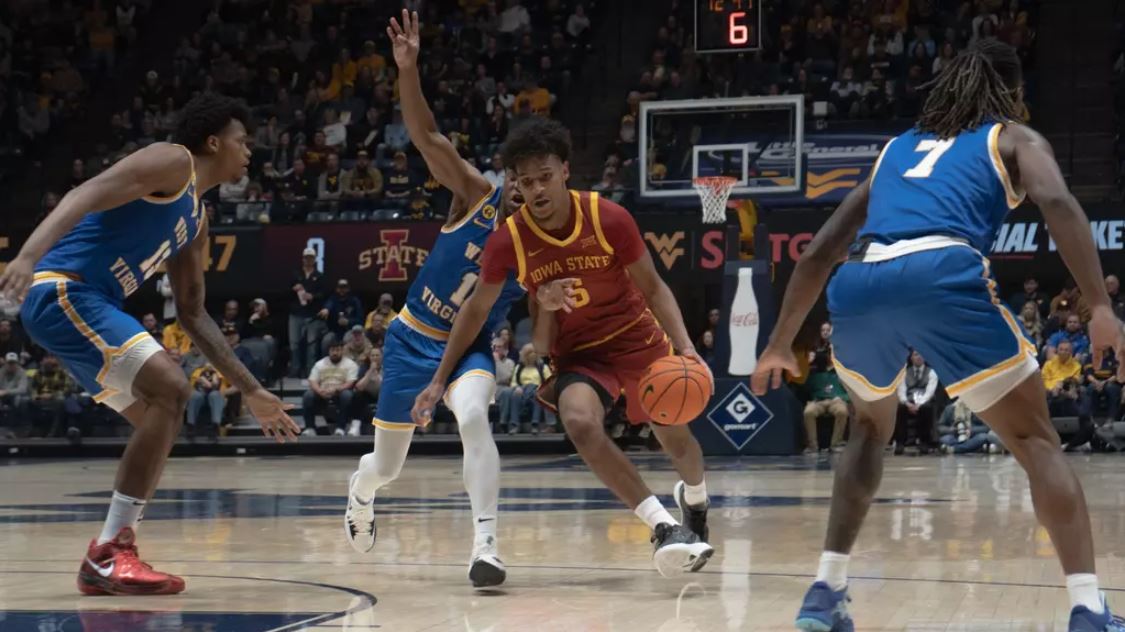Gateway Overlay public input process praised, criticized
July 28, 2004
The steering committee for the proposed new mall will finish developing a list of recommendations for building standards in its fourth and final meeting Thursday.
The committee will present its recommendations for the East 13th Street Gateway Overlay District to the public in a meeting planned for August, said Ray Anderson, city planner. The public will be able to ask questions and give comments before the recommendations are given to the City Council for consideration.
The recommendations will include site layout plans and what building materials, landscaping, lighting and signage should be used, according to documents produced by the steering committee.
“Our challenge has been to develop recommendations for design standards. It’d be nice if everyone agreed, but a consensus is not necessary,” said Frank Owens, professional facilitator at the July 21 meeting.
The process of developing design standards began with eight community focus groups. The groups represented design, environment, ISU students, development, transportation, community and general public.
The 17-member steering committee consists of two representatives from each focus group plus a representative from Wolford Development, the company who is in charge of building the new mall.
An attempt was made to match similar ideas from each focus group and call them shared interests, Owens said.
Before the steering committee’s second meeting, these interests were merged into three visions for design standards. Vision 1 emphasized an environmental design approach, with the landscape a primary feature and structural impact minimized. Vision 2 uses a community design approach, seeking to tie the site to Ames building patterns. Vision 3 is an urban design approach with a stronger focus on attracting customers to the mall, according to meeting minutes from the July 7 committee meeting.
The third meeting of the steering committee began with debate over the process used to develop ideas. An additional plan called “Vision 1 1/2” was mentioned but not distributed. Some members of the committee and community, including Jo Etzel, graduate student in electrical and computer engineering, developed this vision outside of the steering committee meetings.
“Instead of [ideas] being drawn out of the steering committee, the group was presented with choices,” said Jim Popken, chairman of Ames Smart Growth and a community group representative. “It’s like when a young boy wants pop and you offer him milk or juice. He says, OK, I’ll have the juice.'”
Other members said the process is working and that the ideas were coming from the group.
“We’re here to take information from a body of people and make sure ideas are input,” said Jeff Johnson, president of the Ames Chamber of Commerce and a development group representative. “Now it seems like we’re trying to ignore the focus groups’ ideas … let the process answer questions, not individuals.”
The steering committee voted to continue with the set agenda.
“After the first meeting, there was criticism that [the process] was too loose. Since then, it has been criticized for being too structured,” Owens said. “It’s difficult to please all people all the time. We hit both ends of the spectrum … which is a good thing, because it means everyone is getting involved.
The steering committee meeting will be held from 5:30 to 8 p.m. Thursday at the Ames Public Library Auditorium.






